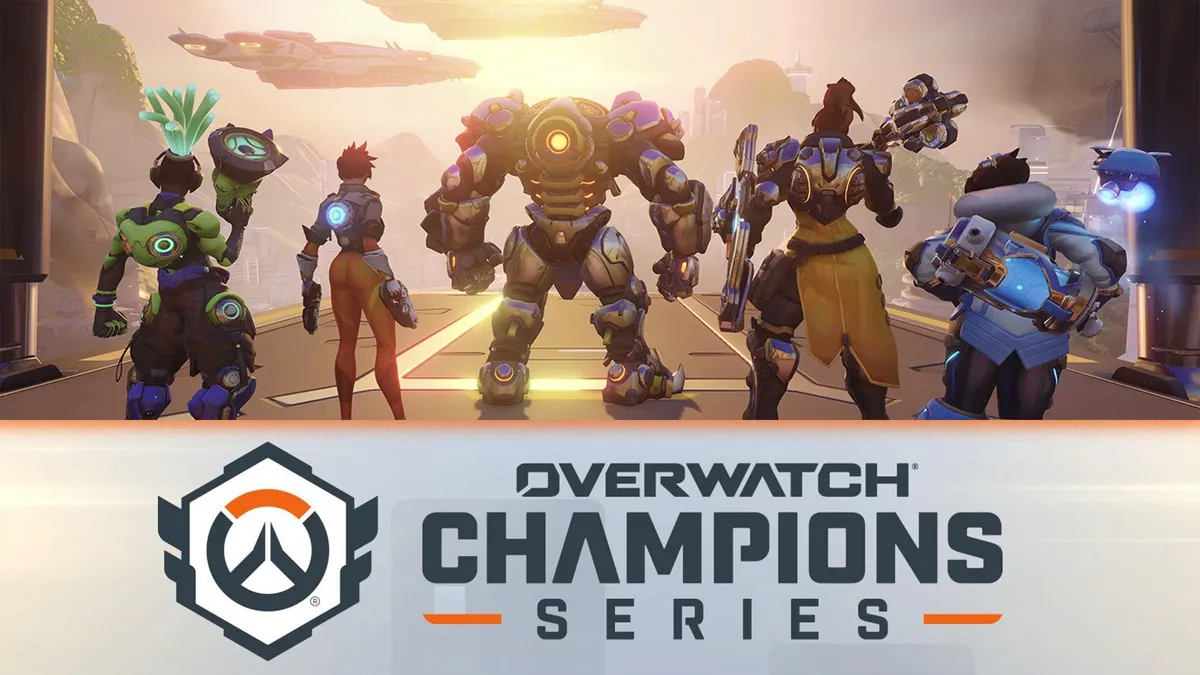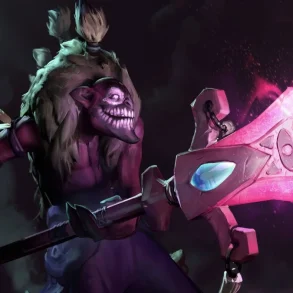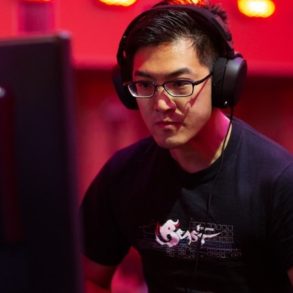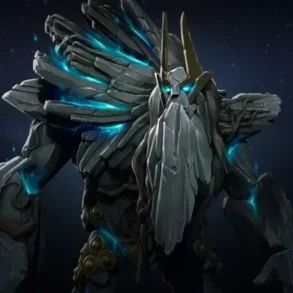Overwatch initially achieved remarkable success as an esports title, but leading up to the release of Overwatch 2, this success began to wane. The Overwatch League (OWL) struggled, appearing burdened and outdated when compared to its competitors.
In 2023, the OWL came to a close, accompanied by a promise of something new on the horizon. Recently, Blizzard unveiled their comprehensive plans for the fresh Overwatch esports format.
Similar to the game’s transition to a free-to-play model that opened its doors to a broader player base, the new format is set to embrace a newfound openness.
The innovative competitive Overwatch format, named the Overwatch Champions Series, is Blizzard’s response to the shifting landscape. Departing from the previous franchise-centric approach, the esports ecosystem will operate differently.
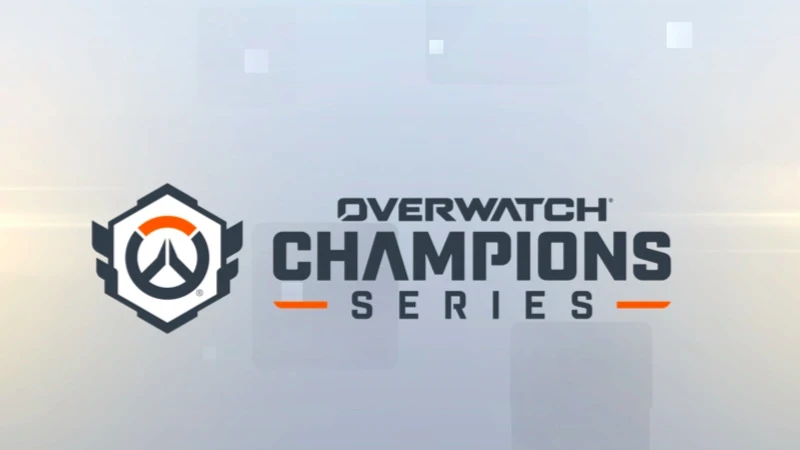
This evolution in the competitive side of the game is poised to redefine how Overwatch esports functions from 2024 onward.
Blizzard’s announcement introduces the Overwatch Champions Series, a novel program designed for the pinnacle of competitive Overwatch.
Departing from dominance by specific regions, the revamped esports format is set to have a global reach, with players categorized into key regions such as North America, Europe, the Middle East, North Africa, and Asia. Each region will host multi-stage tournaments.
At the core of the new Overwatch esports format are the open qualifiers, which are initial events designed to narrow down the field of competitors. Following each qualifier, a main event will unfold, featuring the top players from each region in two in-person gatherings.
This new format reflects a more open approach to the game, enabling the best players to compete beyond the confines of the franchise system that previously limited OWL teams. But how exactly will it operate?
Blizzard details the Overwatch Champion Series format with a breakdown of one region – the NA/EMEA regional tournament. The journey begins with a 9-round qualifier event, consisting of online tournaments where players can accumulate points in each stage.
The highest-standing teams at the end of each stage progress to the next level, starting with the Swiss stage, followed by groups, and ultimately leading to the Main Event.
Crucially, Blizzard has partnered with FACEIT to run the competitive system for the game. FACEIT’s collaboration with Blizzard signifies a significant organizational shift, establishing an open ecosystem that encourages all players to connect and participate in events.
This partnership marks a departure from the previous independent tournament structure.
The new Overwatch esports format promises to showcase top-tier players competing in this fresh tournament, and being an open event, it also provides a platform for emerging talent.
The revamped system is set to kick off in March, coinciding with the start of a new Overwatch season. Additionally, the new Majors, replacing independent tournaments, will now be integrated into DreamHack, a renowned tournament series hosting some of the biggest events in gaming.
The OWCS will conclude in DreamHack Stockholm, where the new Overwatch champions will be crowned, marking a notable shift in the esports landscape.



